Free Educational Resources for anyone, anywhere.
Latest content
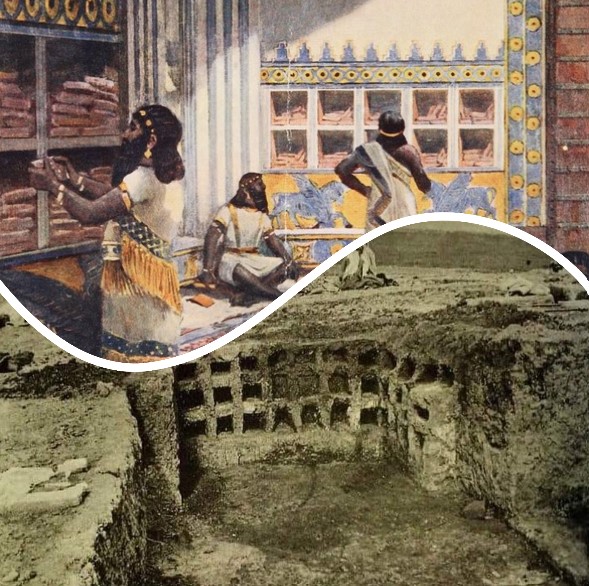
Ashurbanipal the great
Ashur-ben-Apal, known in modern times as Ashurbanipal, was the son of Ashur-ahu-iddin (Esarhaddon). He was the most powerful king of Assyria (669–631 BCE), and, according to legend, he built the cities of Anchiale and Tarsus in a single day. He became proverbial for his indulgent and lascivious lifestyle ...

The Life of Lucius Accius: A Glimpse into Italic Culture and Roman Tragedy
Excavations carried out between the late 19th and early 20th centuries at the nearby necropolis of Novilara unearthed nine stelae, more than two hundred grave goods (most of which were lost in 1944 during a bombing that destroyed the National Archaeological Museum of the Marche in Ancona, where they were housed), and over three hundred tombs ...

The Acanthus in Art and Architecture: Evolution and Symbolism Across Cultures
The acanthus plant derives its name from the Greek word akanthos (from ak- meaning "sharp, pointed, piercing" and anthos meaning "flower"). It is a plant with large, spiny leaves. This type of shrub entered the art world as a striking decorative element ...
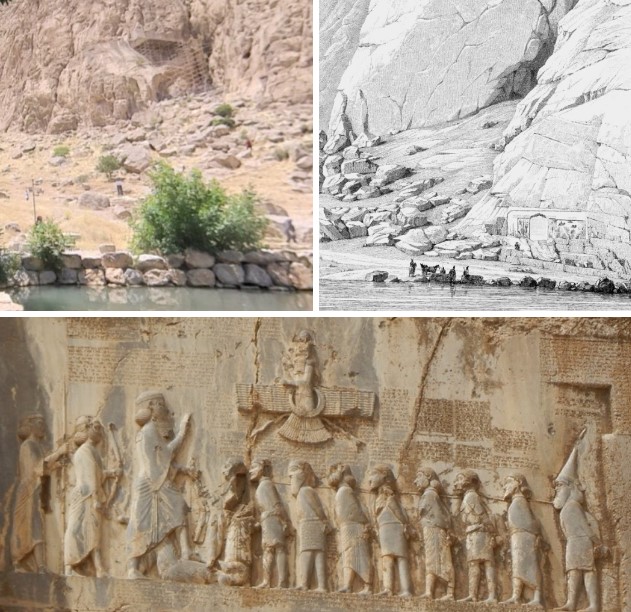
The Achaemenids, the Founders of a Multicultural Empire
The Achaemenids (in Ancient Greek Achaimenidai and Latin Achaemenides) were a Persian dynasty that ruled over much of Western Asia, establishing also a vast and multiethnic empire that extended into Asia, Europe, and Africa ...

Achaemenides: the abandoned enemy sailor saved by Aeneas
In Greek mythology, Achaemenides (Achaimenides or Achemenides) was the son of a man named Adamastus from Ithaca. His name derives from the Persian name Achaemenes, meaning "one who waits in suffering" ...

Acheloos
Acheloos (modern-day Aspropotamos) is the name of a river in central-western Greece, spanning approximately 220 kilometers. It is the longest river in ancient Greece. It originates in the northern section of the Pindus mountain range (Mount Peristeri) and flows into the Ionian Sea after crossing Aetolia, where it separated Aetolia from Acarnania in its final stretch ...
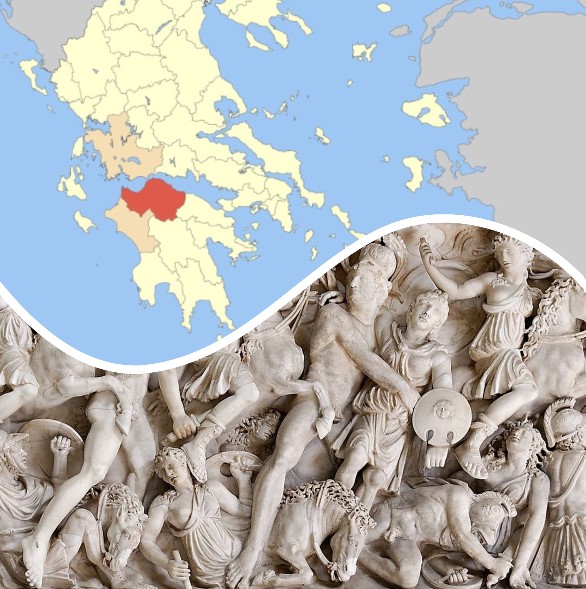
The Achaeans, Myth and Historical Reality
In Homer, the term Achaeans or Akhaians (romanized: Akhaioí, meaning "the Achaeans" or "of Achaea") broadly refers to all Greeks. However, the Homeric epics portray a distorted and imaginative depiction of the Achaean world ...

The Achaean League
The Achaean League was a confederation of city-states in the region of Achaea in the northern Peloponnese. In the Homeric and Roman periods, 'Achaeans' referred broadly to all Greeks, but in historical times, the term described the inhabitants of this specific region ...
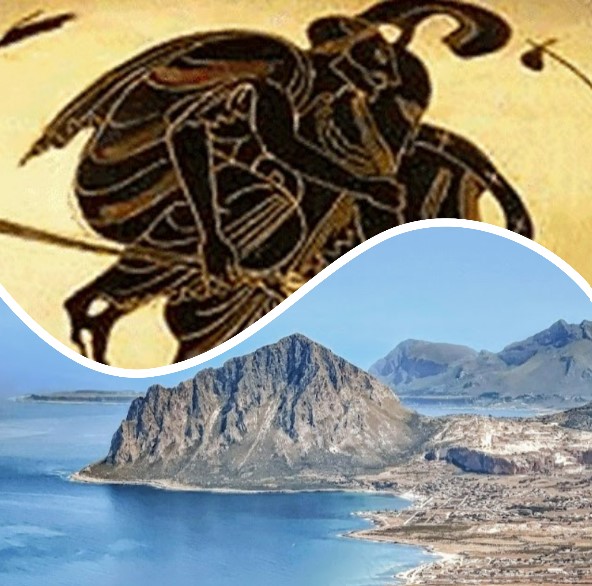
The Myths of Acestes
In mythology, Acestes (or Egestes) was the son of the Sicilian river god Crimisus and a Trojan woman, Segesta (or Egesta). When Troy was attacked by the Greeks, Acestes went there to defend the city but was unable to prevent its fall. Returning to Sicily, he brought with him Elymus and three ships ...
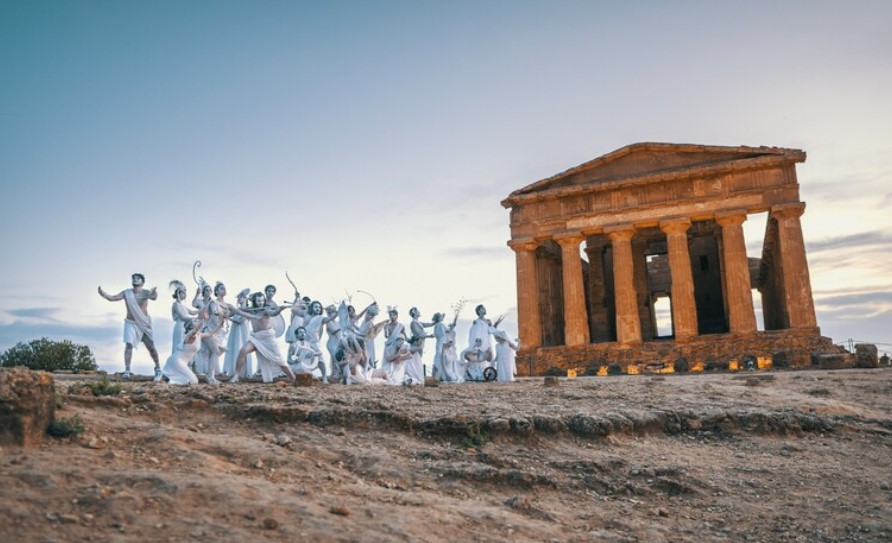
Segesta, the most important of the Elymian cities
The Elymians were an ancient population inhabiting the westernmost tip of Sicily. One strand of tradition held that the Elymians originated from Italy, but ancient writers narrated a Trojan origin for them ...

Acerrae, Oscan city of Campania
The first settlements are prehistoric, made possible by the rich and dense vegetation, abundant wildlife, and numerous waterways. In Campania, between the late 10th and early 9th century BCE, groups of Etruscans arrived, while in the second half of the 8th century BCE, Greeks came to the area ...

Acerra, Incense Box of Ancient Sacrifices
During ceremonies, the acerra was carried by a young assistant (camillus), who handed it to the priest to take grains of incense and scatter them on the flames. This practice gave rise to the expression de acerra libare (to offer incense from the box, turibulum) ...
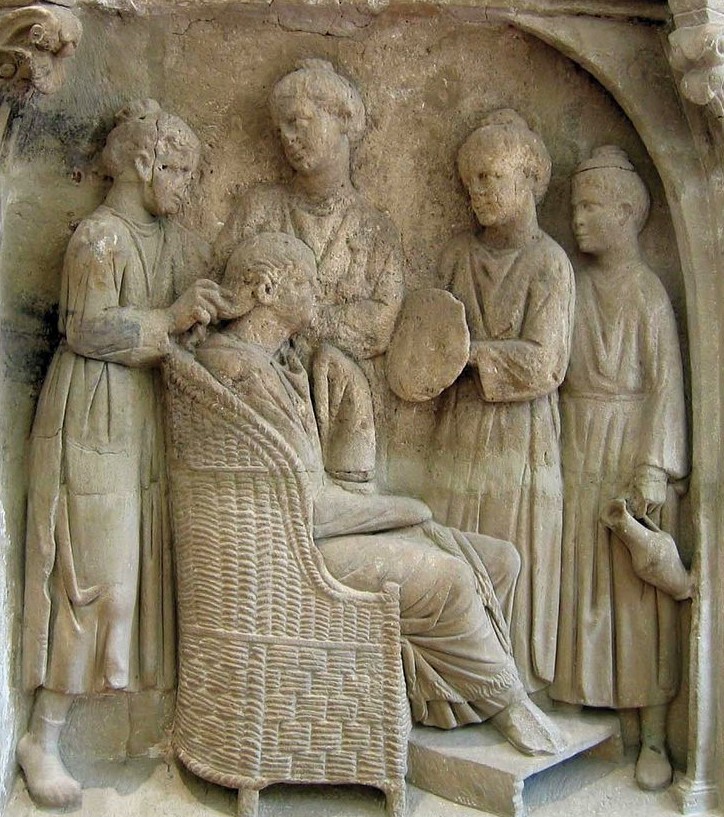
The Evolution of Hairstyles in ancient time
In the times of the ancient Egyptians, there was a custom to shave your head and cover it with voluminous wigs. They differentiate the male gender from the female but also the social status. Especially among the people they could not be spread because their cost of production and maintenance were not indifferent ...
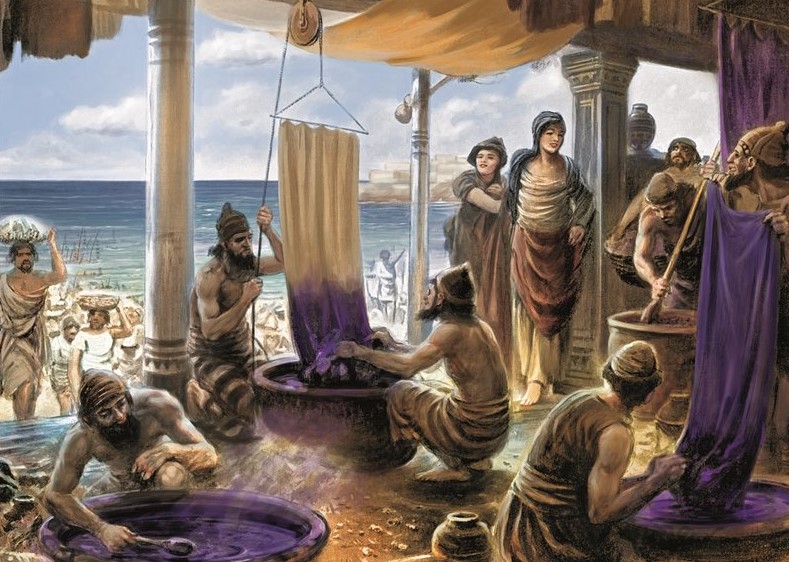
The Ancient City of Akko: From Phoenicians to Crusaders
Known in biblical times as Akko, it was an ancient maritime center during the second and first millennia BCE, significant not only regionally but also internationally. Until 1954, the only evidence of its existence was its coins ...

The Tradition of Acclamation, From Ancient Rome to the Middle Ages
Originally, an acclamatio was an expression of a desire or a prayer for divine intervention. Among the Romans, it came to denote any verbal manifestation of joy, approval, or good wishes, often expressed through clamor and even unruly noise. Acclamations could be collective or individual, taking place in public gatherings or private events ...

The Life of Lucius Accius: A Glimpse into Italic Culture and Roman Tragedy
Excavations carried out between the late 19th and early 20th centuries at the nearby necropolis of Novilara unearthed nine stelae (mostly fragmented, one of which is particularly significant due to its inscription in an ancient Greek-Etruscan-Italic type of alphabet written from right to left, used in Italy during the 6th–5th centuries BCE), more than two hundred grave goods (most of which were lost in 1944 during a bombing that ...

The Concept of acceptilatio in Roman Law
Roman law is the collection of norms that constituted the Roman legal system over approximately thirteen centuries, from the founding of Rome (conventionally dated to 753 BCE) until the end of Justinian’s Empire in 565 CE. In Roman law, the Late Latin term acceptilatio (from ...

Accensi
The people of Pompeii enjoyed inscribing insults on wall plaster, creating mocking wordplays. Some phrases likely stemmed from comedic theater, but their vulgarity appears to parody the traditional wisdom such aphorisms were meant to convey ...

The Evolution of Military Camps from Ancient to Modern Times
The term "camp" refers to a temporary settlement, particularly a stationing site for military units. Throughout history, all ancient armies developed camps adapted to their organizational structures and operational needs ...

Acca Larentia, The Semidivine Patroness and Mythic Mother of Ancient Rome
Acca Larentia, or Laurentia, was a semi-divine figure inherited from the Etruscans, known as a protector of the humble and associated with agricultural life. She was seen as an ancient Latin deity, regarded as the mother of the primitive arval brothers ...

Plato's Academy
Plato’s Academy, also known as the Academic School, was founded in Athens around 387 BCE by the philosopher Plato. Located in a public space northwest of Athens called Hekademia, near the village of Colonus. This area, rich in trees, contained shrines, a gymnasium, and a sacred ...

Achates or Acate, from myth to universe
Protesilaus (or Iolaus) is a character in Greek mythology. He was a prince of Thessaly, descended from Poseidon, and grew up to rule Phylace. Protesilaus was one of the Achaean leaders who joined Agamemnon and Menelaus’ forces in the ...
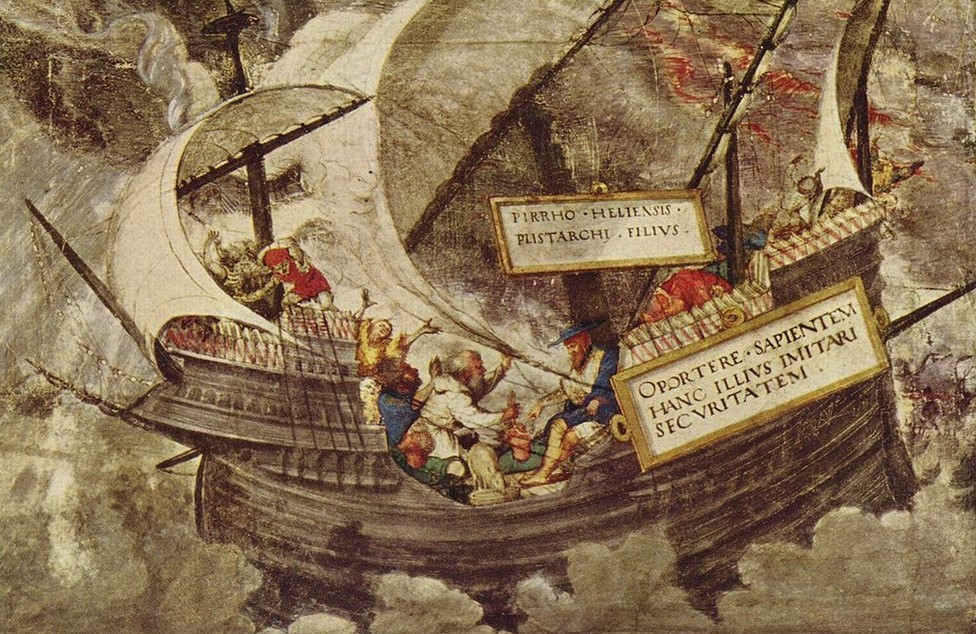
Acatalepsis
Acatalepsis (from the Greek akatalepsia, meaning "without comprehension") is a term used by Pyrrho and the ancient skeptics to denote the impossibility of understanding the truth, which leads to a philosophical stance in which one ...

Akastos or Acastus
Akastos (in Latin Acastus), in Greek mythology was a famous hunter. He was the son of Peleus, king of Iolcos in Thessaly, and Anaxibia. Against his father’s wishes, he joined the expedition of the Argonauts due to his deep friendship with Jason ...

Acharnae, the Ancient Greek town in the shape of a 'sea bass'
Acharnae (in Greek Archarnai) was a deme of ancient Attica located east of the pass between Mount Parnes and Mount Egaleo. Its name is possibly of pre-Greek origin and may mean "sea bass" due to the plain’s resemblance to the shape of a fish ...

Abellinum
Abellinum was an ancient settlement in the Campania region. Its name derives from the Indo-European root ab(e)l, meaning "apple fruit," as the area was abundant with apple orchards. The settlement’s strategic geographic position, connecting the Adriatic Sea to the Tyrrhenian Sea, encouraged the ...

